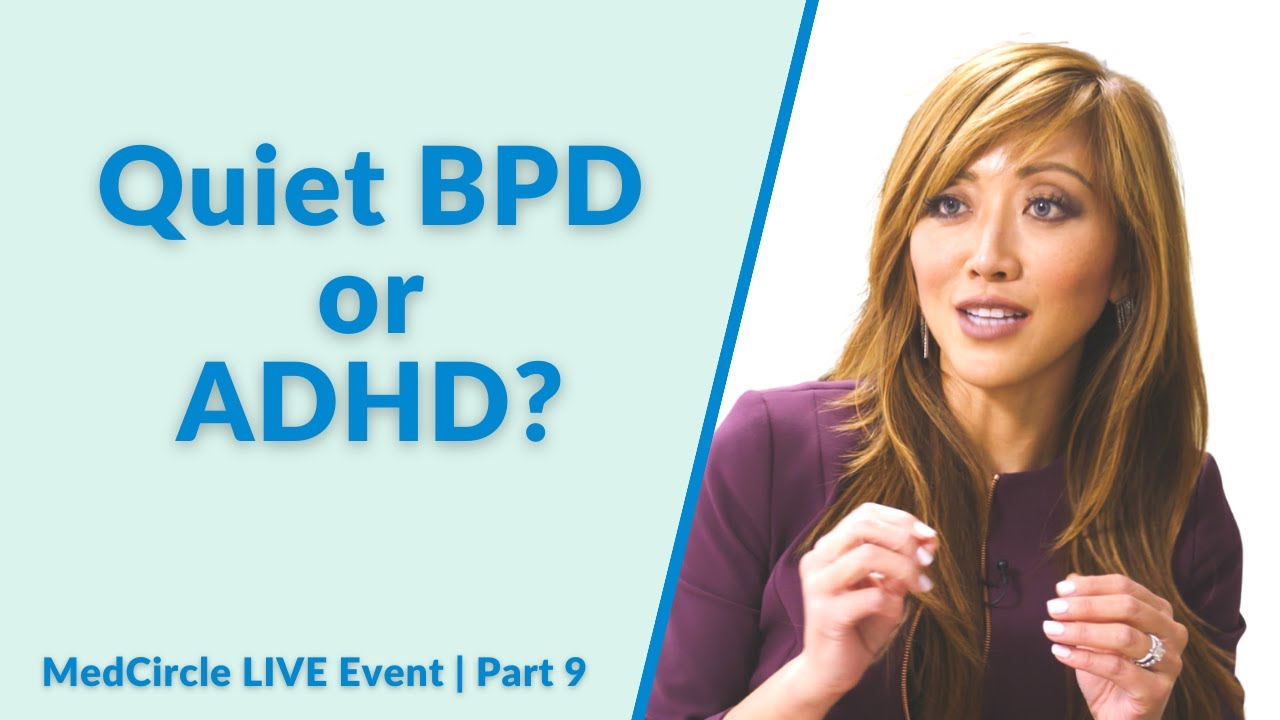What It's Like to Have QUIET BPD
Summary
TLDRThis video delves into the experience of living with 'quiet' Borderline Personality Disorder (BPD), an internalizing subtype characterized by self-blame, anxiety, and a fear of abandonment. The creator discusses the invisibility of their struggles, the tendency to bottle up emotions, and the challenges of people-pleasing and overcompensation. They emphasize the importance of self-awareness, sharing experiences, and seeking support to break the cycle of self-blame and fear, aiming to help viewers feel less alone in their journey with BPD.
Takeaways
- 📚 Quiet BPD, also known as high-functioning borderline, is an internalizing subtype where symptoms are experienced internally.
- 😔 People with quiet BPD often feel misunderstood and unseen by others, as their symptoms are not outwardly expressed.
- 💔 The internal struggle with self-blame, anger, anxiety, and fear of abandonment is intense but not typically visible to others.
- 🤯 Quiet BPD individuals may bottle up emotions, leading to difficulty in letting others in and a fear of rejection.
- 🧩 There is a tendency to avoid one's own emotions and take on the emotional burdens of others, which can be exhausting.
- 🙇♀️ People-pleasing is common with quiet BPD due to feelings of inadequacy and the fear of not being loved unless one is perfect.
- 🔁 The cycle of self-blame and avoidance of conflict can reinforce the belief that one is not good enough and is the reason for relationship failures.
- 🏆 There is a drive to overcompensate by being a high achiever, placing one's worth on external achievements and validation.
- 🔄 The pursuit of external validation can lead to an endless cycle of never feeling satisfied, as the need for love and acceptance is deep-seated.
- 💬 Sharing experiences and connecting with others can be healing and help to alleviate feelings of loneliness and isolation.
- 🌟 Recognizing and addressing the patterns of quiet BPD can lead to healing and a healthier relationship with oneself and others.
Q & A
What is the main topic of the video?
-The main topic of the video is the experience of living with 'quiet' Borderline Personality Disorder (BPD).
What are the unofficial subtypes of BPD mentioned in the script?
-The script mentions four unofficial subtypes of BPD, one of which is 'quiet' or 'high-functioning' BPD.
How does the presenter describe the experience of having quiet BPD internally?
-The presenter describes the experience as internalizing symptoms, with a lot of self-directed blame, anger, anxiety, and insecurity, which are not easily visible to others.
Why does the presenter find it difficult to have quiet BPD?
-The presenter finds it difficult because people do not see the internal struggle and suffering that they experience, which can lead to feelings of loneliness and isolation.
What is the tendency of individuals with quiet BPD to do with their emotions according to the script?
-Individuals with quiet BPD tend to bottle up their emotions, leading to internal suffering and difficulty in letting others into their lives.
How does the presenter relate to the concept of being an empath with quiet BPD?
-The presenter suggests that being an empath often goes hand in hand with quiet BPD, as they both involve avoiding one's own emotions and taking on the emotional weight of others.
What is one of the main challenges for people with quiet BPD in relationships, as described in the script?
-One of the main challenges is people-pleasing behavior, which stems from a fear of rejection and a belief that they must always present the best version of themselves to be loved.
How does the script describe the impact of bottling up emotions on individuals with quiet BPD?
-Bottling up emotions can lead to putting up walls with other people, making it hard to let others in, and can result in exhaustion and a cycle of self-blame.
What is the core fear that drives most of the symptoms of BPD, according to the script?
-The core fear driving most of the symptoms of BPD is the fear of abandonment or rejection by others.
How does the presenter suggest overcoming the challenges of quiet BPD?
-The presenter suggests developing self-awareness of patterns and behaviors, recognizing the core cause of these patterns, and working on healing both the relationship with oneself and with others.
What does the presenter hope to achieve by sharing their experience with quiet BPD?
-The presenter hopes to help others feel less alone, understand their own experiences better, and start a conversation that can lead to healing and self-acceptance.
Outlines

Dieser Bereich ist nur für Premium-Benutzer verfügbar. Bitte führen Sie ein Upgrade durch, um auf diesen Abschnitt zuzugreifen.
Upgrade durchführenMindmap

Dieser Bereich ist nur für Premium-Benutzer verfügbar. Bitte führen Sie ein Upgrade durch, um auf diesen Abschnitt zuzugreifen.
Upgrade durchführenKeywords

Dieser Bereich ist nur für Premium-Benutzer verfügbar. Bitte führen Sie ein Upgrade durch, um auf diesen Abschnitt zuzugreifen.
Upgrade durchführenHighlights

Dieser Bereich ist nur für Premium-Benutzer verfügbar. Bitte führen Sie ein Upgrade durch, um auf diesen Abschnitt zuzugreifen.
Upgrade durchführenTranscripts

Dieser Bereich ist nur für Premium-Benutzer verfügbar. Bitte führen Sie ein Upgrade durch, um auf diesen Abschnitt zuzugreifen.
Upgrade durchführenWeitere ähnliche Videos ansehen

9 Traits of Borderline Personality Disorder

Borderline Personality Disorder Explained (Emotionally Unstable Personality Disorder)

My Friend with Borderline Personality Disorder

Psychiatrist Explains BPD (Borderline Personality Disorder) - Psychology 101

ADHD or Quiet Borderline Personality Disorder? [Overlap & Differences]

Borderline Woman as Dissociative Secondary Psychopath
5.0 / 5 (0 votes)
